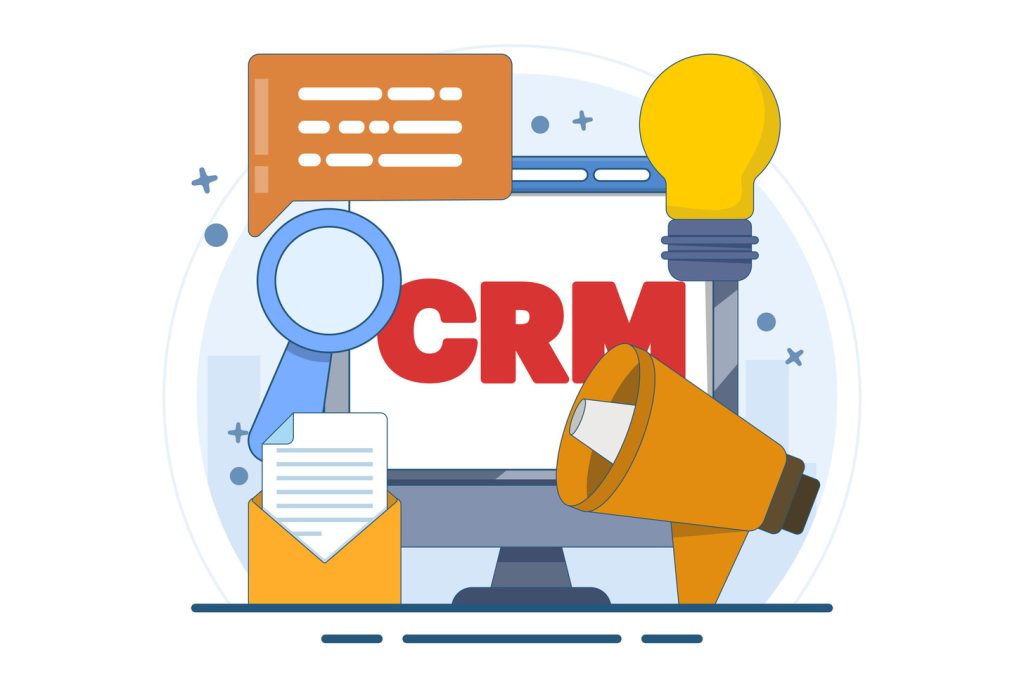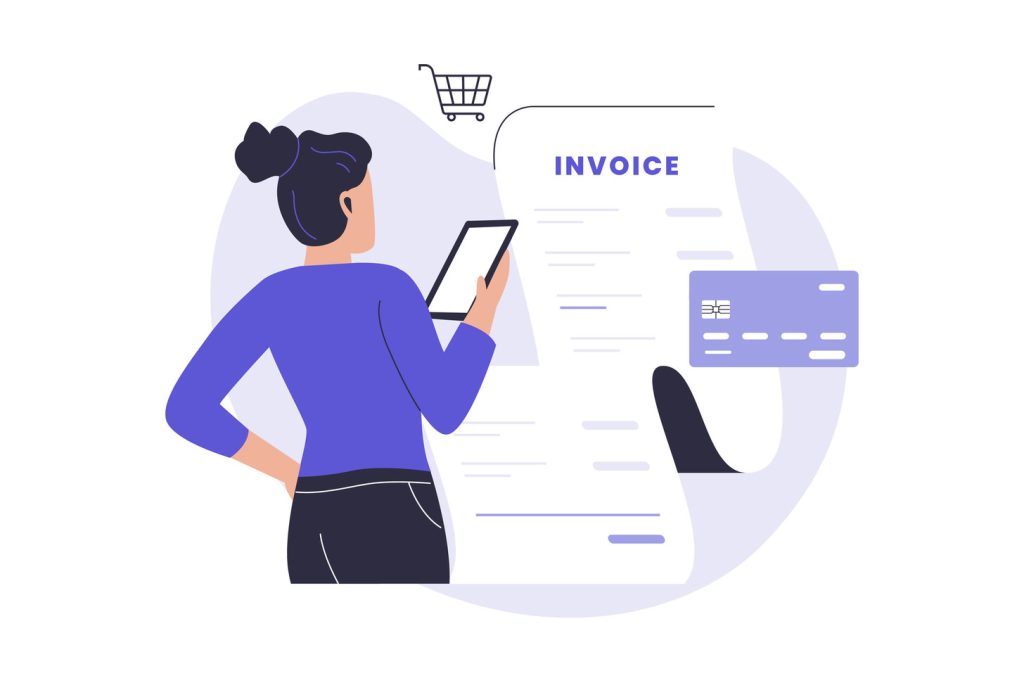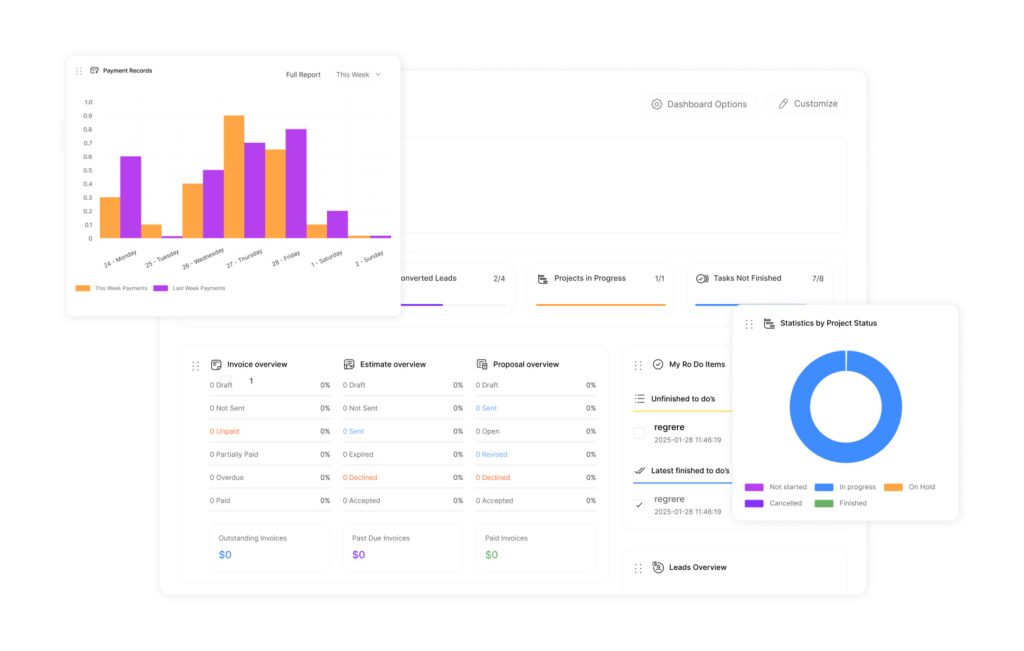Best Proposal Generation Software Solutions Reviewed

In today’s fast-paced business environment, crafting compelling action plans for contracts and projects separates industry leaders from competitors. Modern teams increasingly rely on specialized tools to transform hours of manual work into streamlined, error-free processes. These platforms have become indispensable for organizations aiming to respond effectively to RFPs while maintaining consistent quality.
Top-tier solutions combine intuitive design with robust automation, slashing document creation time dramatically. Real-time collaboration features enable cross-functional teams to work seamlessly, while analytics dashboards reveal actionable insights into client engagement. Businesses using these systems report faster deal closures and higher win rates compared to manual methods.
The most effective platforms offer extensive template libraries and content management systems. Integration with CRM tools and e-signature services creates end-to-end workflow efficiency. Decision-makers prioritize solutions that scale with growth, balancing advanced capabilities with user-friendly interfaces.
Key Takeaways
- Automated document tools reduce creation time by 70% compared to manual processes
- Template libraries and CRM integrations accelerate response times to RFPs
- Real-time analytics improve team performance tracking and client negotiations
- Businesses using specialized platforms see 25%+ higher contract win rates
- Scalability and integration capabilities determine long-term software value

Introduction to Proposal Generation Software
Streamlined communication tools have become critical assets for companies aiming to secure new contracts. When organizations seek external partners, they typically issue Requests for Proposals (RFPs), requiring detailed responses outlining capabilities and costs. Specialized software centralizes these efforts, offering template libraries and deadline tracking to maintain competitive responsiveness.
Understanding the Role of Proposal Generation
Creating persuasive business documents forms the backbone of client acquisition strategies. Manual methods often lead to inconsistent branding and wasted hours on formatting—issues that directly impact profitability. Teams stuck with outdated processes risk presenting incorrect timelines or pricing, damaging credibility during critical negotiations.
Why Modern Businesses Rely on Automation
Automated systems address these challenges head-on by standardizing content and eliminating repetitive tasks. Companies report responding to RFPs 40% faster after implementation, capturing opportunities competitors miss. Centralized repositories ensure every document aligns with brand guidelines while integrating with CRM platforms to personalize client interactions.
Sales departments particularly benefit from reduced administrative work, freeing staff to focus on relationship-building. This shift mirrors broader operational trends where data-driven efficiency determines market leadership.
The Evolution of Proposal Generation Tools
From clunky word processors to AI-driven platforms, business documentation tools have undergone radical transformation. Early systems forced teams to wrestle with incompatible file formats and chaotic email chains. Version conflicts and branding inconsistencies plagued organizations using basic text editors for critical client documents.
Cloud-based software changed the game entirely. Real-time editing and automatic saving eliminated duplicate work. Teams could collaborate across time zones while maintaining brand consistency. This shift laid the foundation for today’s intelligent platforms that predict client needs through machine learning.
Modern solutions now integrate with CRM databases and e-signature automation. DealRoom-style microsites streamline RFP responses by centralizing requirements and deadlines. A/B testing features let teams refine messaging based on engagement metrics, while mobile access supports field teams during client meetings.
The latest innovations focus on predictive analytics. Platforms analyze historical win rates to suggest optimal pricing structures. Secure digital approvals cut approval cycles from days to hours. As remote work expands, these tools ensure global teams maintain responsiveness without sacrificing quality.
Key Features of Leading Proposal Generation Solutions
Businesses now face unprecedented client demands for speed and personalization in document creation. Leading platforms meet these expectations through structured content libraries and adaptive design tools that maintain brand integrity while accelerating workflows.
Content Libraries, Templates, and Customization
Modern systems provide searchable databases housing pre-approved text blocks, pricing tables, and legal clauses. Industry-specific templates serve as launchpads, cutting drafting time by 50% while enforcing visual consistency. Teams modify layouts without compromising logos or color schemes, ensuring every document aligns with corporate identity.
Version tracking eliminates duplicate files, while AI-powered suggestions recommend relevant sections based on client history. This dynamic approach reduces compliance risks and keeps teams focused on strategic messaging rather than formatting minutiae.
Seamless Integration with CRM and E-Signature Tools
Top-tier software syncs with CRM platforms to auto-fill client names, project histories, and service details. Sales teams bypass manual data entry, slashing error rates by 72% in field tests. Real-time updates ensure proposals reflect the latest pricing or product changes.
Built-in e-signature tools close deals faster by letting clients approve documents digitally. Approval cycles shrink from days to hours, with signed contracts feeding directly into project management systems. This end-to-end integration creates a frictionless path from initial draft to finalized agreement.
Top Benefits and Impact on Business Efficiency
Cutting-edge tools now deliver measurable efficiency gains across sales and proposal teams. Businesses like YouGov report saving 10 hours weekly per employee through automated systems, transforming how teams allocate time. These platforms eliminate manual data entry by pulling client details from CRM databases, turning hours of work into minute-long tasks.
Real-time collaboration features prevent version conflicts that plague traditional methods. Distributed teams edit documents simultaneously while automated tracking monitors changes. This synchronization ensures every stakeholder accesses the latest draft, reducing time spent on email chains.
Centralized dashboards provide visibility into submission timelines, preventing missed opportunities. Standardized templates maintain brand consistency across all client communications. Companies using these tools see 28% faster approval cycles due to professional formatting that builds trust.
The cumulative effect? Teams handle 40% more RFPs monthly while maintaining accuracy. Compliance risks drop as automated checks ensure required clauses and pricing align with company policies. For growth-focused organizations, these efficiency gains directly translate to expanded market reach and revenue acceleration.

Proposal Generation: Best Practices for Success
Mastering effective document strategies requires disciplined workflows and smart collaboration. High-performing teams follow seven core principles to turn complex requirements into winning submissions.
Thorough RFP analysis forms the foundation. Teams dissect client needs line-by-line, mapping requirements to specific solutions. Automated tools accelerate this process by flagging critical deadlines and compliance gaps in real time.
| Feature | Manual Approach | Automated Creation |
|---|---|---|
| Best proposal customization | 4-6 hours per draft | 23 minutes average |
| Error detection | Human review only | AI-powered compliance checks |
| Stakeholder feedback | Email chains | Centralized comment threads |
Cross-functional reviews prevent oversights. Legal, finance, and technical experts validate content simultaneously through cloud platforms. This collaborative process cuts revision cycles by 65% compared to sequential approvals.
Quality control measures make or break submissions. Teams using automated grammar checkers and version tracking report 89% fewer formatting errors. Post-submission analytics track client engagement, revealing which sections drive decisions.
Continuous improvement separates top performers. Monthly audits identify bottlenecks in creation workflows, while client feedback sharpens future responses. Organizations adopting these practices achieve 47% faster turnaround times year-over-year.
Reviewed Solutions: Highlighting Top Software Players
Selecting the right platform transforms how teams craft client-facing documents. Market leaders combine specialized features with intuitive workflows to meet diverse organizational needs.
Powerhouse Platforms Compared
PandaDoc stands out with its beginner-friendly interface and 100+ customizable templates. Starting at $35/month, this solution simplifies document creation while maintaining brand consistency. Teams praise its 24/7 customer support and seamless CRM integrations.
Proposify excels in visual design with drag-and-drop editing and granular analytics. For $35/month, users gain insights into which sections clients review most. Real-time collaboration tools eliminate version conflicts during team edits.
Qwilr redefines engagement through interactive components like embedded calculators. At $39/month, its mobile-responsive designs work equally well on desktops and tablets. Clients can book services directly through proposals, shortening sales cycles.
Niche solutions address specific challenges:
- Responsive uses AI to auto-generate RFP content
- Loopio streamlines content reuse for enterprise teams
- Bonsai offers freelancer-centric contract templates
Free options like Jotform suit budget-conscious startups, while Nusii supports multi-language proposals. The best proposal software matches an organization’s size, industry, and workflow complexity.
Integrations and Automation in Proposal Software
Forward-thinking organizations now prioritize systems that connect across departments like puzzle pieces. These connections eliminate data silos, creating fluid workflows that adapt to complex client demands. Advanced platforms act as central hubs, pulling information from multiple sources to build accurate documents in minutes.
Connecting with Business Operations
Leading solutions sync with CRM databases to auto-fill client names, project histories, and pricing structures. Sales teams save hours previously spent copying data between systems. Real-time updates ensure proposals always reflect current inventory levels and service offerings.
Approval workflows route documents through legal and finance teams automatically. Managers track progress via dashboards, intervening only when exceptions occur. This automation slashes review cycles from days to hours while maintaining compliance.
E-signature integrations remove final bottlenecks. Clients sign digitally through trusted platforms like DocuSign, with completed contracts feeding directly into project management tools. Teams report 63% faster deal closures after implementing these connected systems.
Custom API connections extend functionality further. Accounting software shares billing terms, while HR systems pull team credentials for bios. Every integration reduces manual input, letting staff focus on strategic client conversations rather than data entry.
Enhancing Accuracy and Reducing Manual Errors
Precision in client documents directly impacts revenue streams and brand reputation. Human errors in manual workflows—like outdated pricing or mismatched formatting—undermine professional credibility. Studies show teams waste 11 hours monthly correcting avoidable mistakes in traditional creation methods.
Automated systems combat these issues through real-time data validation. Platforms cross-check client databases and pricing matrices during drafting, ensuring figures align with current rates. Standardized templates maintain visual consistency while eliminating font mismatches or logo placement errors.
Version control features act as safety nets against outdated content. When product specs or legal terms update, connected documents refresh automatically. This prevents teams from accidentally using discontinued service descriptions or non-compliant clauses.
Quality assurance tools add layers of protection:
- Grammar checkers flag awkward phrasing before submissions
- Compliance scanners verify required sections meet RFP criteria
- Approval workflows ensure multiple stakeholders validate critical data
These safeguards reduce revision requests by 58% according to enterprise users. Clients receive polished documents faster, accelerating contract signings. The result? Teams focus on strategic messaging rather than damage control from preventable errors.
User Reviews and Case Studies in Proposal Generation
Concrete results separate market-leading platforms from untested solutions. Organizations leveraging advanced tools report transformative efficiency gains, with measurable improvements in both speed and deal quality.
Real-World Success Stories
Material+ revolutionized its workflow by migrating 300+ case studies to automated templates. Design teams slashed document prep from 6 hours to 30 minutes per proposal. This shift allowed creative staff to focus on strategic client engagements rather than repetitive formatting.
IComm achieved even more dramatic results. Their sales teams reduced response times by 92% through centralized content libraries. What once took 4 hours now requires just 20 minutes, with built-in quality checks ensuring error-free submissions.
Sean Spittle of InspectNTrack highlights another critical advantage: “Detailed analytics transform how we negotiate. Tracking client engagement with specific sections helps us refine pricing strategies in real time.”
These examples demonstrate how modern systems empower teams to deliver polished documents faster. Customers benefit from quicker turnarounds, while businesses gain insights to sharpen competitive edges. The right tools don’t just create proposals—they build lasting client relationships through precision and professionalism.


